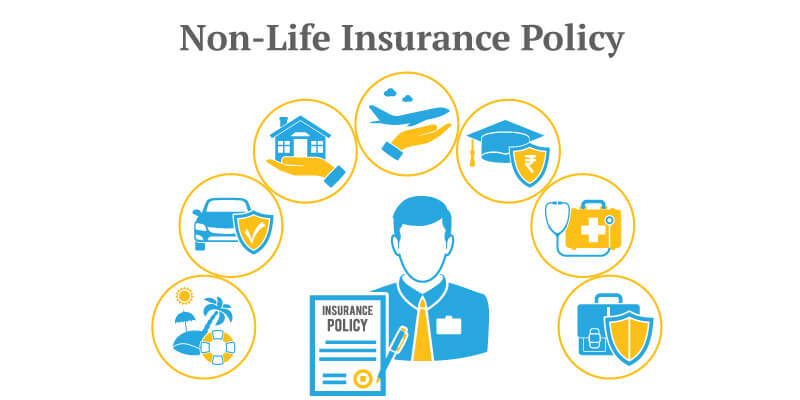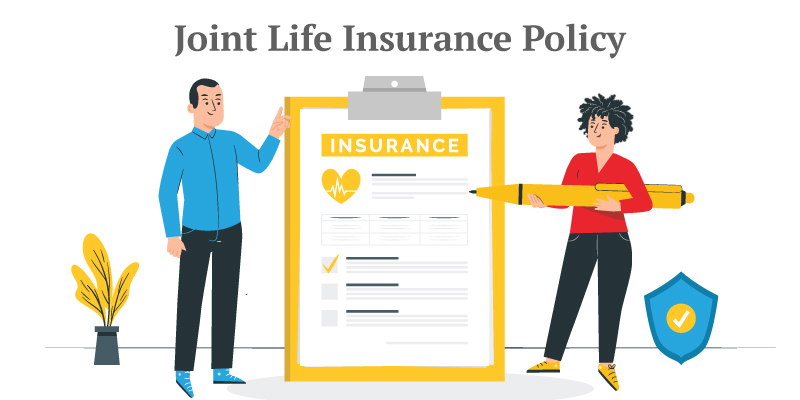Even if you are a skilled driver, the risk of accidents or damage to your car cannot be completely avoided. So, what should you do when a car accident occurs, and how does the compulsory car insurance compensation process unfold? Let’s explore with Saladin in the article below.
1. What is Compulsory Third-Party Liability (CTPL) Car Insurance?
Compulsory Third-Party Liability (CTPL) car insurance is a type of insurance that covers individuals or organizations’ civil liabilities to third parties in case of risks. When an accident results in harm to the life, body, or property of a third party, this insurance helps the vehicle owner compensate the affected party.
2. What does CTPL insurance cover?
The coverage scope of CTPL insurance includes:
Damages outside the contract regarding bodily injury, life, and property to third parties caused by motor vehicles; Bodily injury and life of passengers under the passenger transport contract caused by motor vehicles.
3. What to do in case of a car accident
Depending on the collision severity and the car’s condition, you need to take the following steps:
3.1. For minor scratches or dents caused by the collision
If the fault is entirely yours and the third party’s vehicle sustains only minor scratches or dents, they can drive straight to a garage or manufacturer’s support center designated by the insurance company for repair assistance. You will have to cover the related repair expenses.
In cases where multiple drivers are at fault, all parties involved in the accident are responsible for compensating each other.
3.2. For significant accidents causing extensive vehicle damage
Accidents causing severe damage to the car’s front, rear, or body require prompt action from both the party at fault and the insurance company. Apart from contacting the police and the insurance company, you need to preserve the accident scene. Vehicle owners should not drive the vehicle to a repair shop, as the insurance company might refuse compensation for any damages incurred during transportation.
If you are on a remote road, to prevent the accidental displacement of the scene, take photos or videos and send them to the insurance company immediately after the accident.

4. Cases where CTPL insurance may refuse compensation
The following cases may lead to insurance denial:
Intentional damage actions by the vehicle owner, driver, or the affected individual. Hit-and-run cases where the driver fails to fulfill the civil liability of the vehicle owner or driver of the motor vehicle. Driving without a valid driver’s license or an inappropriate driver’s license for the required vehicle type. Cases where the driver’s license is suspended or invalid are considered as having no driver’s license. Indirect damages, such as loss of market value, damages linked to the use and exploitation of the damaged property. Loss or theft of property during the accident. War, terrorism, earthquakes. Damage to specific property, including gold, silver, gemstones, valuable documents like money, antiques, rare paintings, corpses, remains.
Additionally, compensation may be refused if you agree to compensate the third party without involving the insurance company.
5. Compulsory Third-Party Liability (CTPL) Car Insurance Compensation Process
Firstly, complete the required compensation claim documents. The insurance company is responsible for coordinating with the vehicle owner, the affected party, the police, and other related organizations or individuals to gather accident-related documents to prepare the compensation dossier. The vehicle owner is obliged to provide relevant documents.
Next, submit the dossier and wait for the compensation request to be processed. Regarding the compensation request deadline, payment, and complaint:
Within 5 days from the date of the accident (excluding force majeure cases), vehicle owners must send a written notice according to the prescribed form in Appendix 7 issued with this Circular, along with the documents specified in the compensation claim dossier, to the insurance company. The compensation payment deadline for the insurance company is 15 days from receiving the compensation claim dossier of the vehicle owner and not exceeding 30 days in case of dossier verification. In case of denial of compensation, the insurance company must notify the vehicle owner of the reason for the denial within 30 days from receiving the compensation claim dossier.
Therefore, there are two fundamental steps you must promptly take in the event of an insurance incident:
- Obtain police confirmation, take photos, and a field report immediately after the accident.
- Complete the compensation claim dossier according to the specified form and submit it to the insurance company within 5 days from the accident’s occurrence. Always ensure you have the necessary documentation to avoid complications during the insurance process!
Cre: Sterius/economictimes.indiatimes.com



